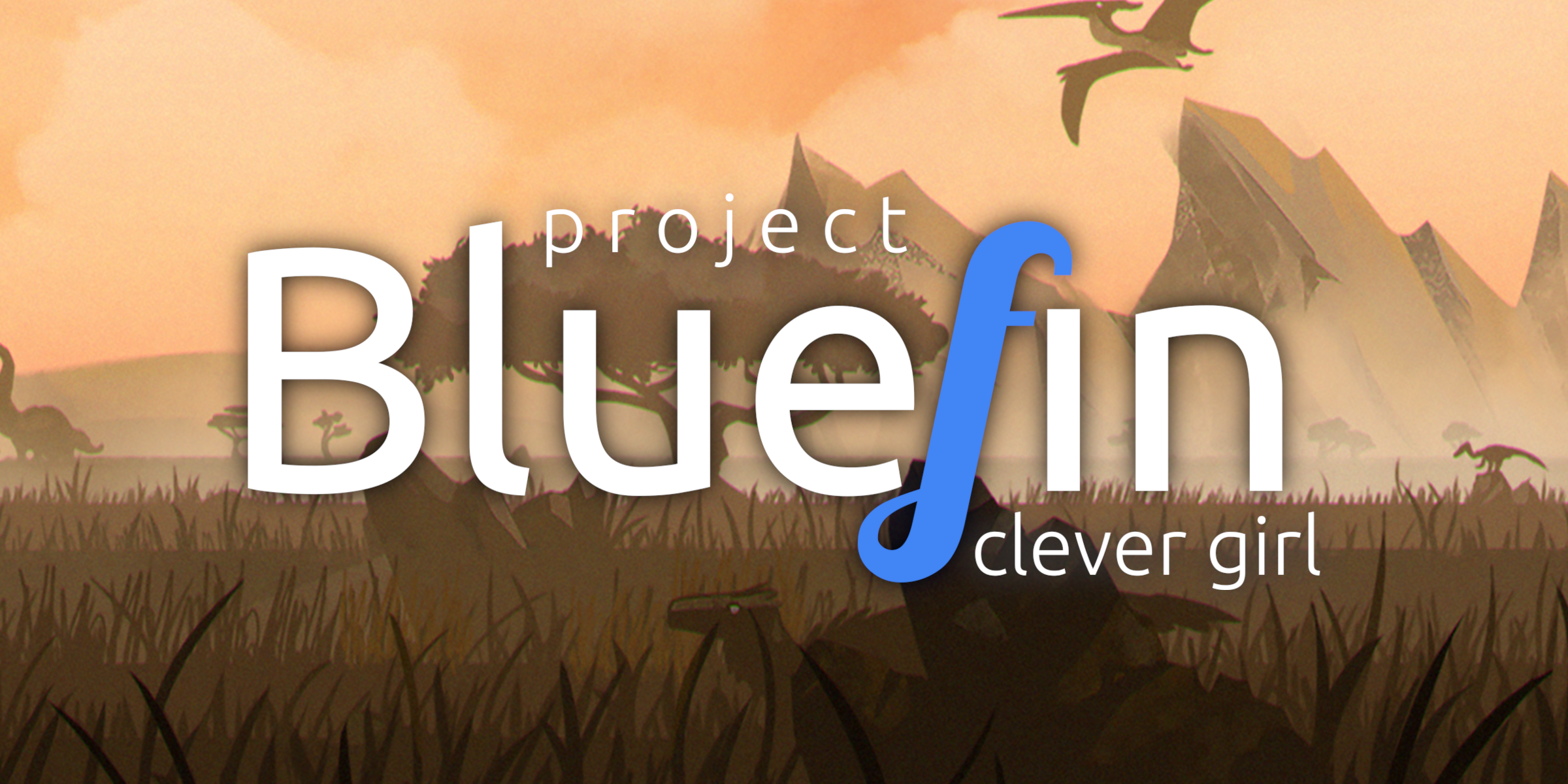- 5 Posts
- 44 Comments
I run Guix System on my personal laptop and Project Bluefin on my work machine.
Guix is even easier to get started with now thanks to the Guix Packager , a web UI for writing Guix package definitions.
Project Bluefin auto-updates thanks to its use of container images deliver system updates. It’s also just a great platform to get started writing containerized apps, since it ships with rootless Podman by default and you can easily add new developer tools using
justcommands.

 2·10 months ago
2·10 months agoI deeply love the story of Grendel. He’s left an invisible imprint on me since I was a young boy fishing issues from my father’s oversized trunk that squatted tempestuously in our living room. Thank you for this summary! I learned a few things I hadn’t known.
For those who grew up with Grendel and now work in tech, like me, I did a talk on mindfulness and conflict in the workplace using the leitmotif of Grendel. Matt Wagner was kind enough to allow me to use his art for the talk.

 1·10 months ago
1·10 months agoHey there, for a very simple start there’s the
compose.yamlfile at the bottom of my comment here.

 31·10 months ago
31·10 months agoThe Intel discrete cards are fantastic value for money. There’s plenty of folks on the internet who can attest to this. Intel’s support story in general (so not just graphics cards) on Linux has been nothing less than sterling. If you’re using any Linux kernel you can expect Intel stuff to just work. It’s been this way for at least a decade.

 1·10 months ago
1·10 months agoWebOS powers TVs now and, from the article, Amazon intends this replacement to cover their Fire tablet line. WebOS ticks all their boxes, especially since apps in Amazon’s new flavor are intended to be delivered as React Native web apps.

 6·10 months ago
6·10 months agoI’m devastated they didn’t choose to pick up webOS for this.

 2·11 months ago
2·11 months agoFor something simple that just needs a bind mount like
services: app: build: context: . target: base volumes: - ./debaser_studio:/opt/app-root/src/debaser_studio/debaser_studio ports: - "3000:3000" - "8000:8000" user: defaultI haven’t found any issues. Do you have more complex needs?

 1·11 months ago
1·11 months agoI use Logseq for everything. I’ve found the more you throw into it the more useful it becomes since your touch points are so frequent and that gets you thinking through and exploring your graph more. I’ve yet to use any of the data query features but I’ve heard they’re incredibly powerful.
Whiteboards are just a fantastic way for modeling a topic or themes you know you want to turn into a deliverable when the how is uncertain.

 6·11 months ago
6·11 months agoNow that I’ve finished the first draft of an article on setting up rootless Podman on Guix System, I’m using and building out a set of tools to support a new article covering an all Red Hat stack from inner loop to CI.
So far, it’s
- OpenShift for the platform services run on
- Podman for my local container engine
- Podman Compose for inner loop development
- OpenShift Pipelines for CI
- Shipwright for building container images locally with Buildah
- Quay for image scanning and storage
- OpenShift Serverless for scale-to-zero deployments
I did a little research and found a Redditor who was able to answer better than me:
Logseq makes it easier to work with blocks, transclusions can be edited in place, and you can automatically be building another page consisting of blocks you’re writing in your daily journal or another page.
EDIT: I was really curious about the major differences and what is enabled by Logseq’s block-based architecture so I asked my network on Mastodon and got some great answers!
Some folks may not know this but Logseq has a built-in whiteboard feature too that’s also FOSS. I use it all the time to mind-map new blogposts and newsletters.
In Logseq the starting page is always the journal page for the day. This allows you to build up content without worrying about where it should go. Once you have something you feel you can run with, then you can move it to its own page.
EDIT: more features enabled by Logseq’s block-based (bullets) architecture over on Mastodon.
Logseq is block-based. Each bullet is a block. This is very powerful because it allows you to interlink concepts, ideas, at the level of the block vs page.

 41·11 months ago
41·11 months agoYou can use Git, Syncthing or any other FOSS sync tool of your choice.

 5·11 months ago
5·11 months agoLogseq is FOSS and easily one of the best notetaking apps out there. It’s got whiteboards, interlinking at the block level, a big ecosystem of extensions and multiple panes so you can derive context as you write.
It’s my choice for the majority of writing I do in my day to day and hasn’t let me down once. My only wish list feature is multiplayer but that’s coming soon.

 28·11 months ago
28·11 months agoBecause it uses OCI images, it auto-updates like a Chromebook, and you can switch between modes, like say a gaming mode that’s a full SteamOS replacement, to a mode that gives you an entire development environment without needing to install and configure these layers or stacks of capabilities yourself.
That’s very powerful. For cloud native developers like myself who are used to working with container images as the deliverable artifact, this makes that workflow very easy. Podman is included. You can create entire development environments at will that are totally “pure”: no side effects because everything you need is in the container. That’s a Dev Container.

 5·11 months ago
5·11 months agoIt should be harder to support Docker, which hasn’t released a new open source product since before Docker Desktop, which is also proprietary. Podman Desktop? OSS. It’d be hard to name a product Red Hat supports that isn’t OSS.

 1·11 months ago
1·11 months agoFor what it’s worth, I just wrote up a
compose.yamlfile as I’d write it for Docker Compose and it just worked. See the bottom of my comment on this GitHub issue for an example. I think the team’s intention is for it to transparently support whatever you’d write for a standard Compose file but of course we don’t have things like the brand new Dockerwatch. They do point to the Compose spec in the Podman Compose README. Bind mounts are good enough for me, thus far.

 1·11 months ago
1·11 months agoThat’s what I thought but I’ve tried five or so images without success including the more mainstream ones like Fedora.

 1·11 months ago
1·11 months agoI love Guix and want to see it get more recognition but I’ve never been able to get Distrobox working on Guix System, have you? I opened a discussion on the Distrobox GitHub but it was quickly closed.






The original EverQuest theme song was mine. Captured the epic wide-eyed wonder of going on an adventure perfectly.